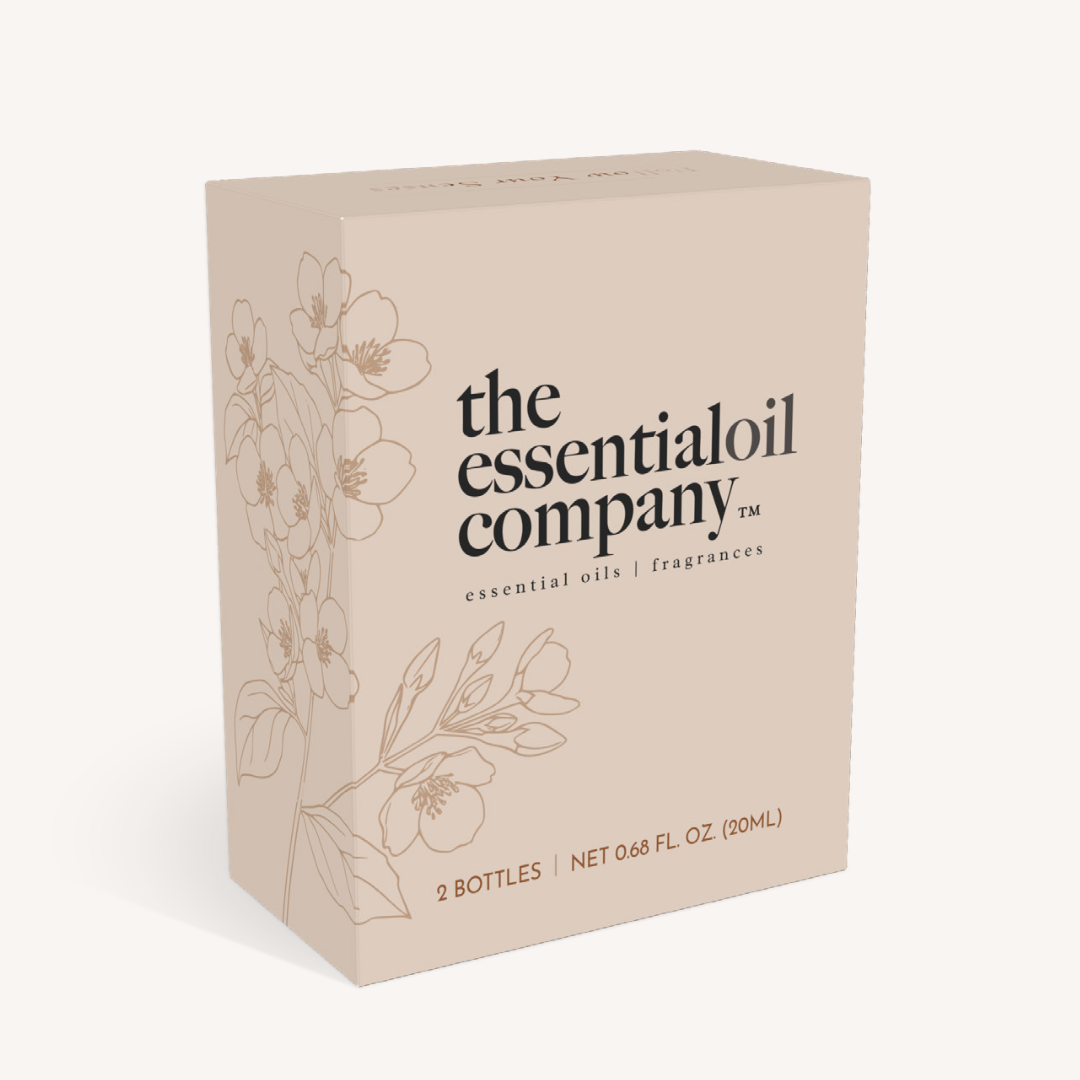Soap making is a fun and creative activity that can become a rewarding hobby or a potential business opportunity. There are a few different ways of making soap, all involving different practices and tools, and ultimately resulting in soap with distinctive characteristics. Below we describe each process to help you better understand the differences and decide which method is best for you.

Melt and pour soap is a beginner-friendly soap making process. Simply put, you melt a pre-made soap base, add fragrances and/or colors, and pour it into a mold. Since you are working with a pre-made base, the bar is fully cured and ready to use as soon as it cools and hardens in the mold. This makes melt and pours great for a fun craft night or a supervised activity for kids.
Although you avoid working with lye and chemical reactions, unlike other soap processes, melt and pour soap making still requires safety precautions. Soap bases begin to melt at 120° and should always be handled with care. Wear gloves and make sure to use heat safe tools and molds.

Cold process soap is a more advanced and time-consuming method but gives the maker the ability to completely customize their product. You combine a single oil or blend of oils with lye (sodium hydroxide). The resulting chemical reaction is called saponification, which means “turning into soap”. For this chemical reaction to be successful, each ingredient must be carefully measured according to a mathematical equation.
Cold process means that the saponification reaction is allowed to happen without the presence of any additional heat sources. Saponification can take 24 hours or more. After that, cold process bars must cure for 3-6 weeks. During this time all of the lye finishes breaking down the oils, the ph level of the soap neutralizes, and excess water evaporates. The end result is a firm, long lasting bar of soap that is cleansing, but gentle.
Working with substances like lye requires additional safety measures. Mixing lye with water causes an exothermic reaction and the solution can reach 200°. This reaction also creates fumes that should not be inhaled. Similarly high temperatures are reached during the saponification process. This may all sound a little scary, but all of the materials are safe when handled properly. You should wear long sleeves, gloves, a face mask, and safety eyewear at all times when making cold process soap and always do so in a well-ventilated area.

Hot Process is a faster method that still allows for customization but results in a more rustic looking bar. It takes the procedures used in cold process and adds heat to speed things up. Instead of allowing the saponification process to happen slowly, you add external heat from a crock pot or double boiler to essentially “cook” the soap before pouring it into a mold. This means the soap does not have to undergo a long cure and will be ready to use much sooner. Due to the cooking treatment, hot process soap has a more unrefined appearance with more texture and less opportunity for intricate designs. Many makers enjoy this rustic appearance and consider it a worthy trade for the reduced time frame.
Use the same safety procedures you would for handling hot oils and lye with cold process. Additionally, soap may expand during the cooking process. Be sure to have gloves on at all times and never fill your cooking vessel more than halfway. This ensures your soap has room to safely expand while still being controlled and contained.










